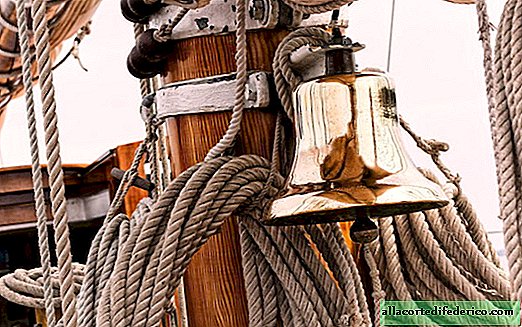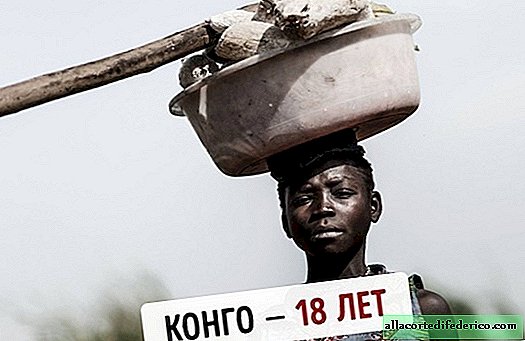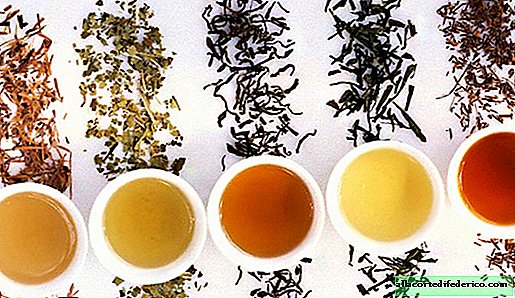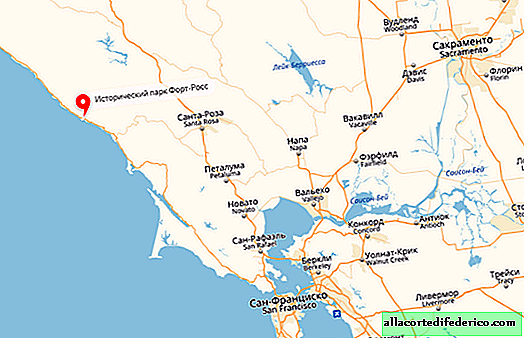Wine bottles: what their shape says
If you look at a bottle of wine, it can tell you a lot about yourself. The style of the bottle will tell you what type of wine is contained inside it. The design of wine bottles has been shaped over centuries under the influence of traditions and wine-making technologies. It was an ancient move designed to help the drink stand out among others.
“The Father of the Modern Wine Bottle” is Sir Kenelm Digby. Scandalous adventurer, alchemist, one of the founders of the Royal Society of London, known for his novels with royalty, the initiator of his own death in order to get out of the tangle of problems. The English alchemist had many feats - he turned sand into gold, adding some secret ingredients, metals and oxides. Used a special air inflation system, in which the fire became hotter.
 Sir Kenelm Digby
Sir Kenelm DigbyThis new method allowed the production of more durable, thicker and darker glass bottles. Digby's dark glass better protected the wine from ultraviolet rays.
Wine bottles have for centuries been a very expensive luxury item crafted by artisans. Only noble families and kings could afford them. Many of them were decorated with family crests. It is no coincidence that many technical advances in the production of wine bottles came precisely from England. Although Great Britain did not produce its own wine, it claimed to be a vast empire and controlled many wine regions around the world. The invention of the thick glass of a Digby bottle made it possible to produce sparkling wine. Historian Gladys Horiuchi of the Institute of Wine in San Francisco notes that mention of sparkling wines dates back to the time of the Roman Empire, but there was no good way to pack them in such a way as to preserve the bubbles.
Pay attention to the bottom of the wine bottle. It is concave. This tradition came from France. The concavity of the bottom is called punt, and this depression served for several purposes. First of all - ease of transportation. The bottles were stacked so that the protruding cork of one bottle rested on the bottom of the forward one. In addition, for better safety, they were shipped with straw so as not to break the glass. The precipitate, which was formed as a result of the production of wine, settled along the edges in a narrow hollow around the convex part of the bottom and did not fall into the wine itself. When wine from antique amphoras finally migrated to glass bottles, it was very difficult for glassblowers to make a flat bottom. Punt gave the bottle stability.

In addition, the convex bottom facilitated the work of the waiter and sommelier. It was convenient to pour wine by inserting a thumb into the bulge.
The next technical achievement again belongs to the British. In the mid-19th century, they invented the shape of the bottle, which today we call Bordeaux. She looked quite straightforward. Inverted, truncated cone, high "shoulders", short neck, concave curvature. The British considered this bottle shape to be the most perfect.
All other forms are just marketing in order to differentiate the wine of each region. Burgundy has developed its own sloping shoulder bottle. Germany came up with a long, conical flute style.
The Rhine Rieslings are still poured into brown flutes, and Moselle wine is produced in greenish bottles. To the south of the Rhone, the producers of Châteauneuf-du-Pap flaunted their celestial ties. They made bottles with an emblem embossed on the neck: a papal crown crowning the keys of St. Peter to heaven. In Baden, winemakers in the Affentaler region (which translates as "monkey valley") sell their wine in bottles with embossed monkeys.
Also in Germany, some rheingau manufacturers received permission for a marketing trick with flutes with double Roman arches (referring to the Roman heritage of the region).
So, today there are several basic forms of wine bottles.
Bordeaux

The most common form of wine bottles, they have straight sides and high distinct shoulders. Cabernet Sauvignon is the most common Bordeaux wine, but winemakers use this type of bottle for many varieties.
Burgundy

These bottles have a slightly wider base than Bordeaux bottles with gentle shoulders. They are commonly used for pinot noir and chardonnay.
Alsace / Moselle

They are taller and thinner than other bottles with gentle shoulders. The wines in these bottles are generally sweeter, and these days they can increasingly be seen with the growing popularity of riesling.
Sparkling

Sparkling wine bottles are especially heavy to hold contents under high pressure - 3 times more than the air pressure in an average car tire.
Port wine

Essentially, a bottle of burgundy, port, sherry and other fortified wines often has a ball in its neck, which is designed to catch excess sediment when pouring.
Chianti

Although they have gone out of common use, a traditional bottle of chianti (called fiasco) is distinguished by a basket of raffia woven around the base. This is not just a rustic charm - the Chianti bottles are actually round and require a basket to allow it to stand directly on the table.
Bottles also vary in size and quantity of wine in each of them.
Piccolo - a quarter bottle, 25 ml (also called pony, snipe or split)
Demi - half a bottle, 375 ml
Standard - 750 ml
Magnum - double bottle, 1500 ml
Jeroboam - Double Magnum, 3000 ml

















